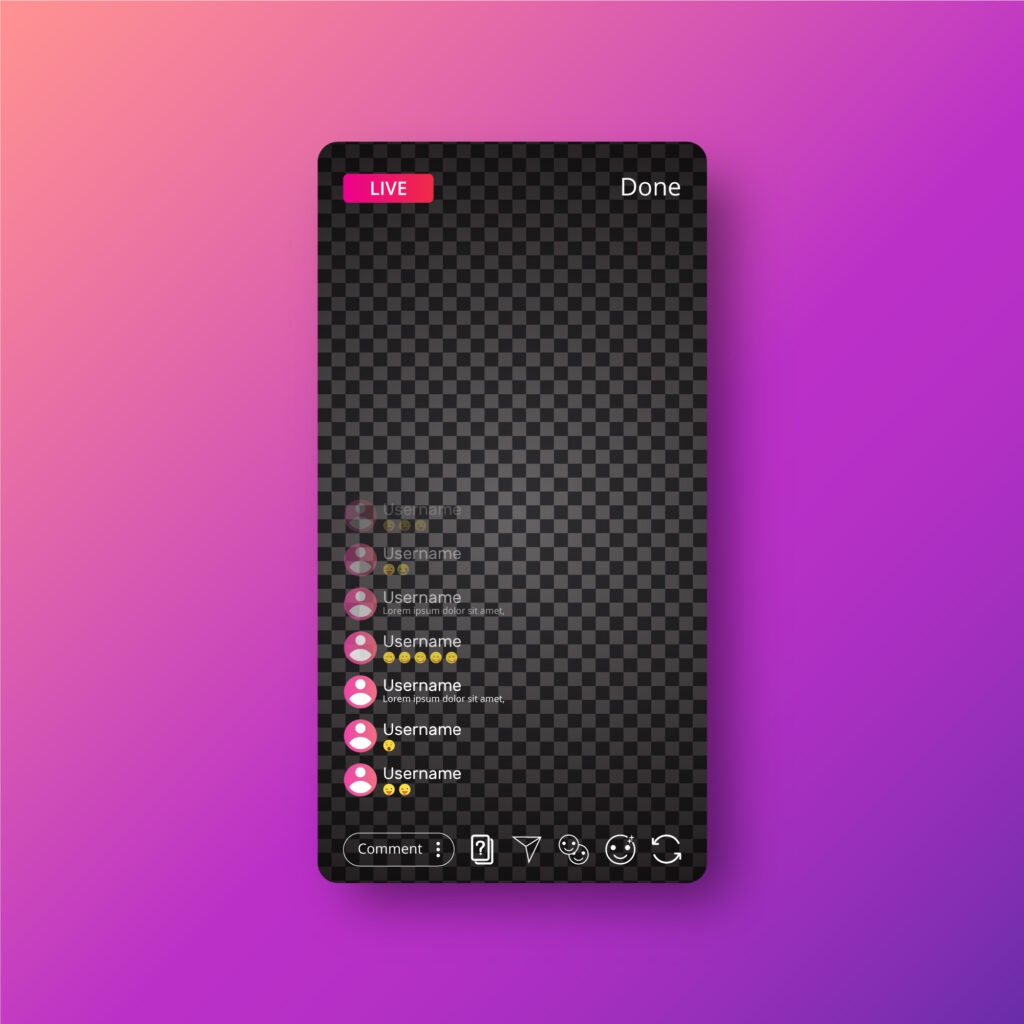
Digitalization and implementation of innovative ideas are crucial for success in the changing stage of business and technology. DevOps services (DaaS) is a new cutting-edge concept that is changing the overall concept of the business and maintaining software. Also, it’s not hidden that DevOps has transformed the overall software business. And the service-based approach provides a window to a new era of possibilities.
Implementation of DevOps services and solutions can assist you in streamlining the operations, enhancing collaboration, and leading your organization toward growth. Today, in this blog, we will be discussing ways through which you can enhance your business by incorporating DevOps, which will help your business move forward with proper speed, creativity, and low cost.
Listed below are a few of the perks that will assist businesses in providing growth:
Stimulating Time to Market
In this ever-changing business world, DevOps is a ray of light that is assisting an organization to grow on the growing edge. By incorporating the overall potential of DevOps, a business can lead to a smooth path. With an organized development cycle, testing process, and continuous growth, DevOps has empowered teams to showcase their creativity and provide a meaningful pace. This will help businesses to get an opportunity to get new customers provide space and help in dealing with the competitors. In this growing era, DevOps has become a helping hand that is assisting organizations to grow and propel.
Improving the Overall Collaboration and Communication
It has been seen that communication can ease the overall business process and lead to the path to success. DevOps can easily bring the overall development process together, make the operations seamless, and make sure to provide cross-functional communication.
Also, it supports an environment where they provide an open channel for enhanced communication and entertain the latest ideas and insights. Proper collaboration, helps firms to utilize and emerge with the latest tech. With enhanced communication, DevOps provides an opportunity to utilize the overall process and unlock the opportunities.
Profound Stability
With high quality, stability, and caliber these are the main pillars for providing customer satisfaction. With proper support and automation testing and looking after the overall software. These things empower businesses to locate problems, rectify issues, and provide enhanced quality of work.
Scaling up the roots of the businesses is quite tough, and when someone provides an intact foundation for it. Then, the source turns concrete, and this way it carries proper support and delivers customer loyalty.
Enhance Productivity and Efficiency
DevOps services stand upfront when it comes to enhancing overall production and delivery efficiency. With its automation functionality, the team can easily tackle the overall problem save them with repetitive tasks, and enhance their productivity.
This way you will be away from the monotonous work and fuel up your productivity, which allows you to make meaningful decisions and get result-oriented solutions. DevOps also acts as a catalyst and helps businesses to grow and be successful.
Regular Feedback and Enhancement
When we talk about distinction, feedback helps you to get success and enhance your overall path. With regular feedback users and businesses will be able to move towards a path of growth. It also assists you in getting success.
The best part, with profound data, it will be easy to make decisions that are driven by data. This way overall customer services will be enhanced too. You will be moving a step towards a path to success and this way overall customer service will be enhanced too.
Risk Management
Risk pounders on every step of the business and DevOps is the most trusted partner when it comes to managing the overall risk. With its controlled feature and infrastructure as code, DevOps makes sure to provide you with safe, secure, and transparent control.
When you incorporate these properties, your businesses will be able to gain huge popularity, which will help small businesses gain popularity and show visibility in every process. Also, it offers comfort and makes sure to distribute services aptly. DevOps has been like a parent who protects the business from any risks.
Scalability and Flexibility
When we consider scalability and flexibility, DevOps is considered to empower businesses and help them with the technology shift and demand. When we consider cloud-based infrastructure, DevOps can easily provide you with seamless adaptation. Businesses can easily scale up their overall infra and apps for managing work pressure and get enhanced performance.
This new instance helps companies meet their demands without compromising their overall work. DevOps has become a catalyst for growing businesses so that they can reach heights with proper opportunities without any leakages.
Conclusion
As we come to the closure, you might have understood the benefits that DevOps holds in the business sector. We are all astonished by its impact on the business. The best part: the overall solution is human-centric, which provides enhanced collaboration, and drives innovation in the organization. This also enhances the overall business and makes sure to provide the consumer with over-the-top solutions. DevOps services and solutions have become the need of the business sector, for proper growth, risks, and regular improvements.
Featured image by RealToughCandy
The post Perks of Implementing DevOps into Your Business appeared first on noupe.






